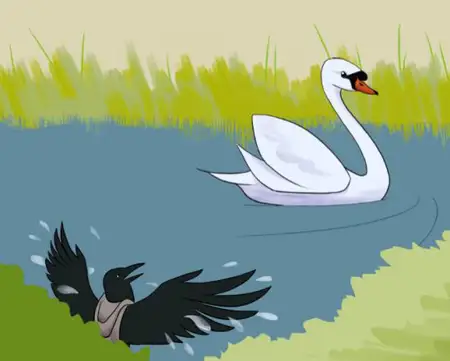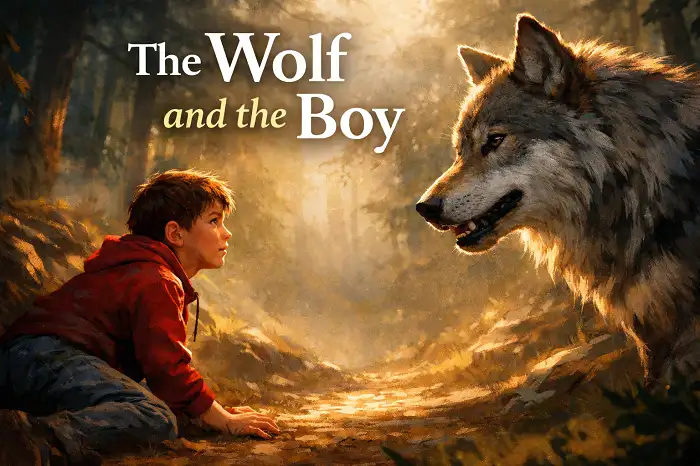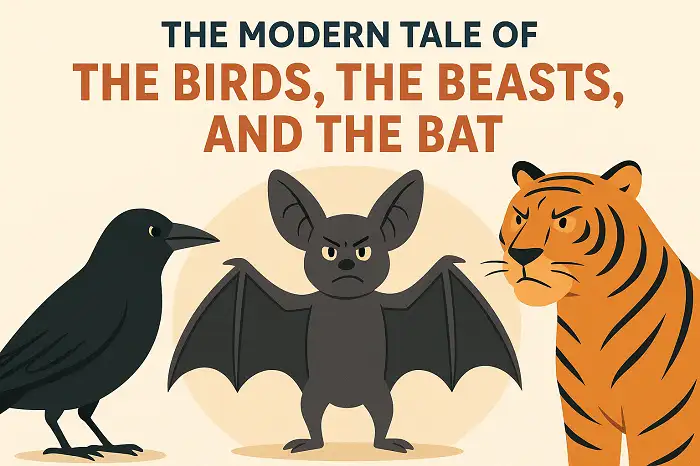The Raven and the Swan is one of Aesop's fables and tales to learn vocabulary in context with images. Study this English fable and listen to the text by selecting any part of the story. Practice listening and reading comprehension and improve your advanced vocabulary in authentic context at the same time. Source of story: Gutenberg Project at www.gutenberg.org Video of The Raven and the Swan https://www.youtube.com/watch?v=byAMCI4GZPU The Raven and the Swan A raven saw a swan and desired to secure for himself the same beautiful plumage. Supposing that the swan’s splendid white color arose from his washing in the ...
Home » English Short Stories » The Raven and the Swan Best English Tales

The Raven and the Swan Best English Tales
Updated: by Dr. Mohammad Hossein Hariri Asl
Time to Read: 2 minutes | 462 Views | 4 Comments on The Raven and the Swan Best English Tales
Share This Post
About the Author
Dr. Mohammad Hossein Hariri Asl is an English and Persian instructor, educator, researcher, inventor, published author, blogger, SEO expert, website developer, entrepreneur, and the creator of LELB Society. He's got a PhD in TEFL (Teaching English as a Foreign Language).
Number of Posts: 4235



Hello Dr.Hariri. I have a question. What does altar here mean? ( raven left the altars in the neighborhood.)
Hi Armaghan.
Literally, altar means a raised ceremonial structure like a table to perform some religious ceremonies, especially in Christianity. However, here in this context, altar figuratively means the raven’s main business and perhaps his family. In other words, he said farewell to all his belongings and set off for the designated pools and lakes.
Central theme of this story is that not to compare yourself with others, and the dangers of trying to be someone you are not.
Precisely, this is the central theme of this short story. We’re not supposed to close our eyes to our genuine essence, striving to emulate or copy others blindly. Instead, we need to flourish our innate potentials, and get inspired by others as well.